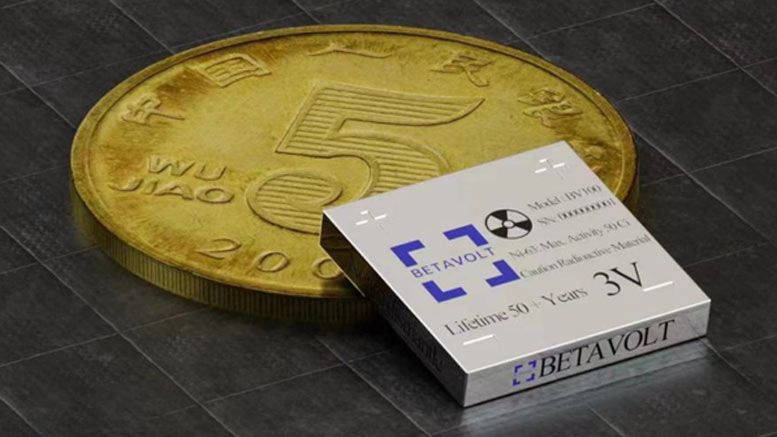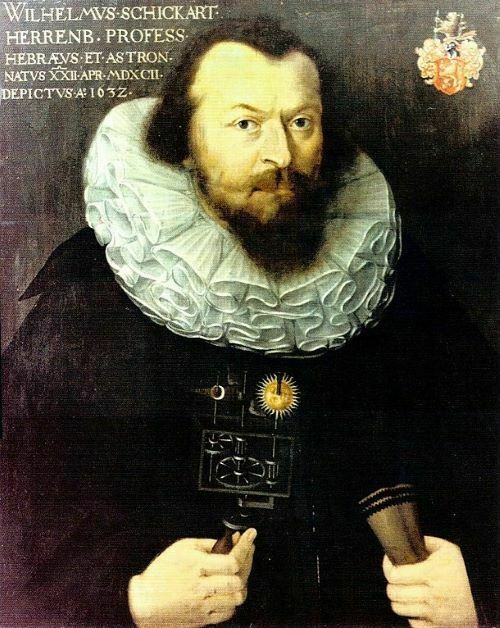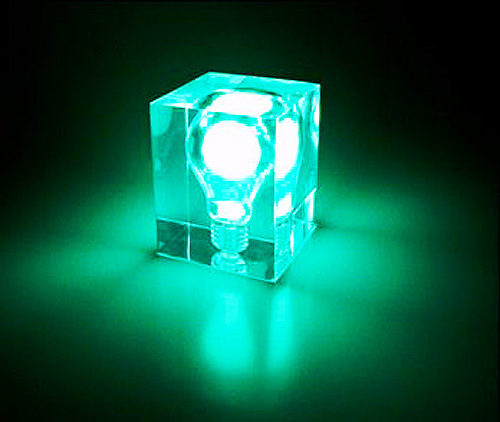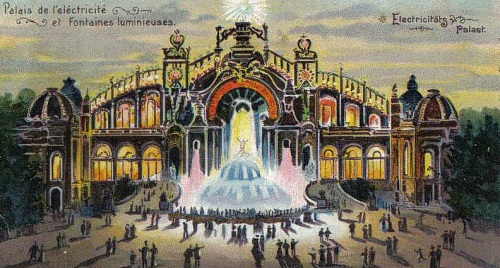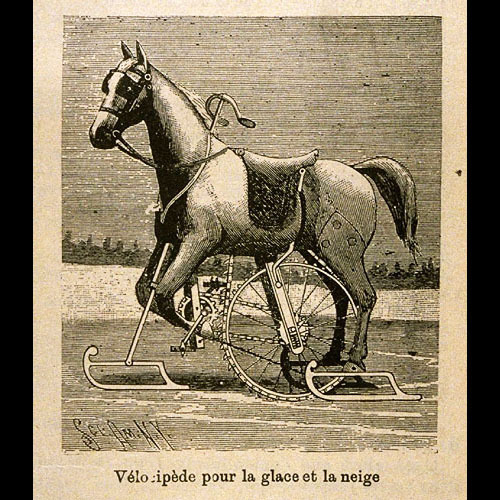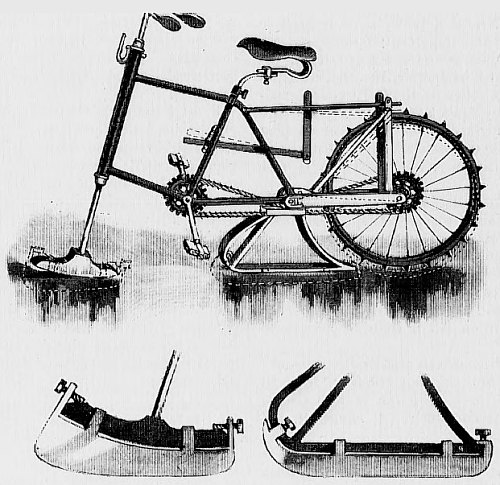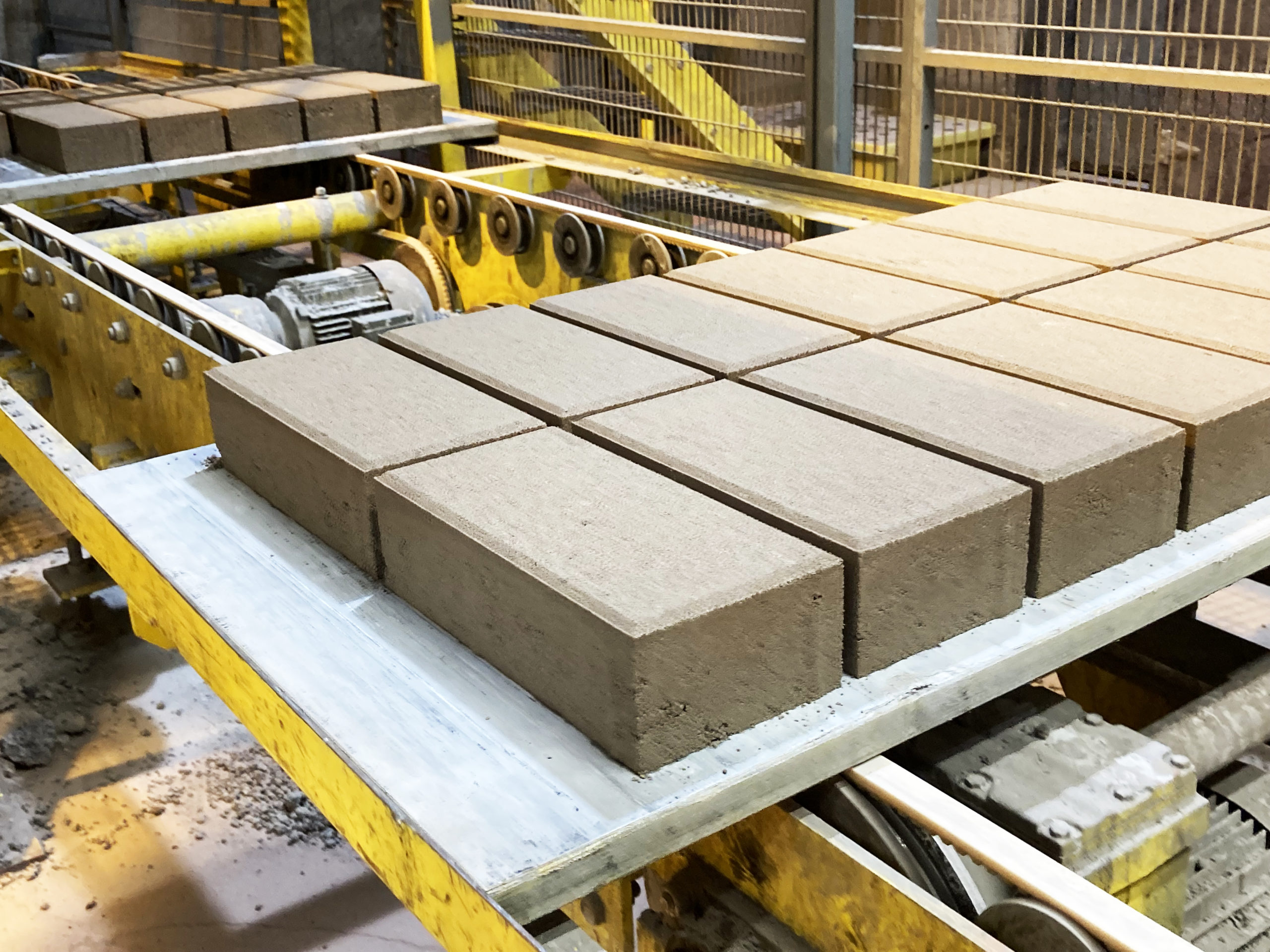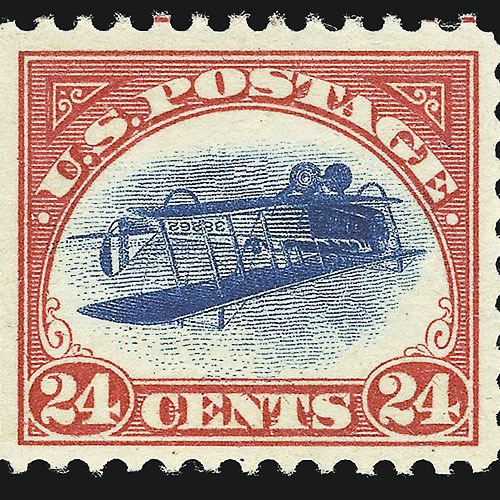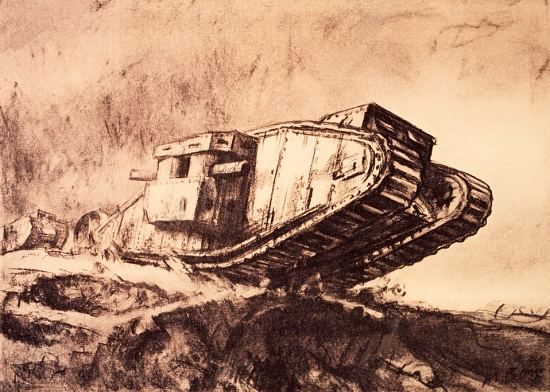Vintage inventions. Desk Beds, 1913. Stroller equipped with a radio, 1921. Car with shovel for pedestrians, 1924. Anti-distraction helmet, 1925. Portable and Extendable Bridge for emergencies, 1926. A turntable linked to a film projector, 1929. Laryngaphone (phone that uses vibrations from the vocal cords only to reduce noise), 1929. Wooden bathing suits, 1929. Breast Washer, 1930. Rocket-Propelled Bicycles, 1931. Amphibious Bicycle, 1932. Electrically heated vest for the traffic police, 1932. Piano for people confined to bedrest, 1935. Clap Skate (skate with movable heel plate),1936. Glasses for reading in bed, 1936. Window Baby Cages, 1937. Revolver camera, (Colt 38 with a small camera that automatically takes a picture when you pull the trigger), 1938. Ski-sailing, 1938. Wireless faxed newspaper, 1938. Snowstorm Mask, 1939. Cigarette Case to Keep Track, 1940. See-Through Boats, 1941. Soup-Cooling Spoons, 1948. Adhesive Bras, 1949. Pipe For Two, 1949. Suntan-Lotion Dispenser, 1949. Bald-Head Polishers, 1950. Dashboard Coffeemakers, 1950. Monopod Seats, 1953. Rainy Day Cigarette Holder, 1954. Automatic Tip Requesters, 1955. Comfort Lawn Mowers (lawn mower with a 5-foot-diameter plastic sphere in which the rider sits on an air-foam-cushioned seat), 1957. Nuclear Bomb Shelters, 1958. We might need some of these now. Glow-in-the-Dark Tires, 1961. Sunbathing foldable reflector, 1961. Anti-Bandit Bag, 1963. Cat Meow Machine, 1963. Sunning Chairs, 1964. The Snogometer, 1965. Spaghetti Spinners, 1968. Jetpacks, 1969. Vibrating Bras, 1971. Don't know the year for the bicycle for the whole family with the built-in sewing machine for the mother.
By way of commentary: As a "futurist" I focus on inventions because inventions change the world in a permanent way. Once something has been invented and people find it useful, it gets adopted all around the world and the world is a different place than it was before in some fundamental way. Other aspects of life may go in cycles; there may be economic cycles, population cycles, political cycles, or follow some other pattern, but an invention will change the whole world in one direction and it'll never go back. Furthermore, an invention, once adopted, will often be continuously improved, so later versions will be a lot different from the original, and will ofter become building blocks for later inventions, resulting in potentially an exponential proliferation of inventions. For example, the internal combustion engine was invented in 1876, but it doesn't appear on the list of inventions above because it's so much a part of our lives that we hardly think about it. There were many prior inventions, going all the way back to the 1790s, that went into the invention of the internal combustion engine, and since 1876, there have been a lot of improvements. It's also become a building block for later inventions, not just on obvious variations of the car, such as the motorbike or bus, but airplane engines and lawmowers and jet skis and so on. I recently read about drones in Ukraine built in Iran that use a moped engine, and apparently they're cheap and effective weapons.
Key to this process of invention, though, is experimentation, and not all the experiments pan out, in fact most of them don't. So people take the inventions that exist and experiment with those to come up with new inventions, and some of those succeed and become continuously improved and building blocks for more inventions, such that in retrospect, we can look back at the failed inventions of previous eras and laugh because from the vantage point of today, it's probably obvious why they failed. But of course, of the things that are being invented now, we don't know what's going to turn out to be successful and what isn't. You don't get to know until after you run the experiments and invent the inventions.
Bizarre and interesting vintage inventions from the past, 1920s-1970s - Rare Historical Photos
#inventions #futurology



